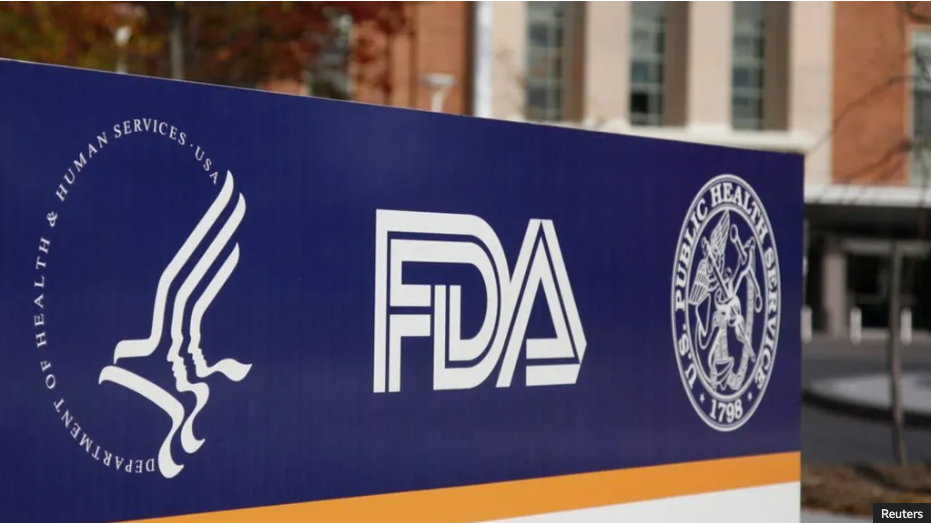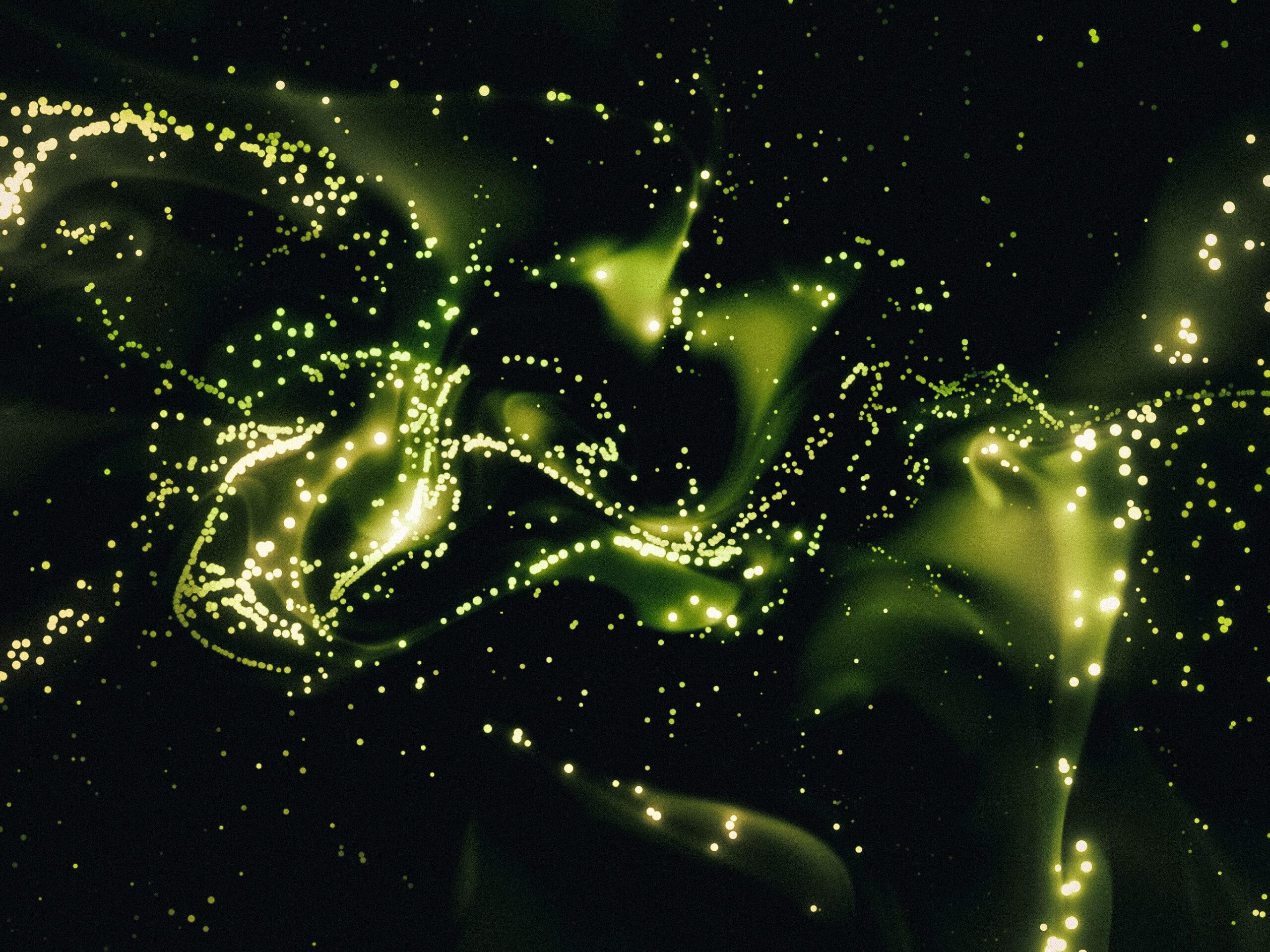April 29th – May 6th 2022
Cannabis Use Disorder (CUD) & Development of Limb Ischemia
A recent study suggests that individuals with CUD have a higher incidence of clinical admission for acute limb ischemia (ALI).
With the increasing number of US states legalizing cannabis for medical and recreational purposes, it is becoming necessary to understand not only its therapeutic potential but also any negative outcomes associated with its use.
Along with smoke exposure (if cannabis is inhaled), chronic cannabis exposure can lead to cannabis use disorder (CUD), defined as the inability to stop consuming cannabis despite showing physical and psychological harm. [1] According to the Substance Abuse and Mental Health Services Administration, it was estimated that, as of 2020, about 5.1% (or about 14.2 million people) aged 12 or older had a CUD in the past 12 months compared to 1.5 % of the population or 4 million in 2016. [2],[3]
Moreover, studies have shown that heavy cannabis use was associated with a higher incidence of medical problems such as acute myocardial infarction (heart attack), or stroke. [4],[5] Despite this, studies investigating how heavy cannabis use affect incidence of acute limb ischemia (ALI, defined as the rapid decrease in lower limb blood flow due to acute occlusion of peripheral artery) or critical limb ischemia (CLI), marked by intractable lower extremity ischemic rest pain and tissue loss), are lacking.
A collaboration from Canadian and US researchers aimed at determining whether CUD was associated with ALI and CLI and if so, what are the outcomes (e.g., rates of amputation, costs, and length of hospital stay). [6]
Using data from the National Inpatient Sample from 2006-2015, individuals with a diagnosis of CUD were younger, African American males with lower socioeconomic status, had higher rates of smoking and psychiatric disorders, but had less cardiovascular risk factors. Patients with CUD had a higher incidence of ALI while no association was noted for CLI. Finally, no differences between the number of amputations, costs, or length of stay were recorded in patients with CUD compared to those without.
The authors concluded: “: Cannabis use disorder was associated with a significantly higher incidence of admission for acute limb ischemia. CUD was not associated with an increased risk of critical limb ischemia following sensitivity analysis. Given CUD is often seen in younger, less co-morbid patients it provides an important target for intervention in this population.”
A Compound Found in Soybean Blocks Cannabis-Induced Vascular Inflammation
These findings could serve as a basis for future studies aiming at understanding how ∆9-tetrahydrocannabinol (∆9-THC) use can lead to cardiovascular problems.
The cannabis plant is home to more than 100 phytocannabinoids, with cannabidiol (CBD) and ∆9-tetrahydrocannabinol (∆9-THC) categorized as the most studied and well-known compounds. Both interact with cannabinoid receptor 1 and 2 (CB1 and CB2), with ∆9-THC acting as a partial agonist (activate the receptor with partial efficacy) to both. The CB1 receptor is mainly expressed in the central nervous system (CNS), heart, and vascular muscles, and is known to regulate the psychoactive effects of cannabis.
In addition, studies have shown that cannabis use increases the risk of cardiovascular disease (CVD) and induce atherosclerosis, cardiomyopathy, and metabolic dysfunction in animal models. [7],[8] Despite this, little is known about the mechanism of action by which ∆9-THC mediates these effects.
A study published in the Journal Cell aimed to investigate CB1’s role in inducing vascular inflammation, and whether CB1 antagonist (drug that block CB1 receptors) can attenuate these effects. [9] They recruited participants from the UK biobank between 2006 and 2010 and found an association between cannabis use and myocardial infarction (heart attack), with individuals smoking cannabis cigarettes showing an increased in cytokines (group of proteins regulating in the immune system regulation) involved in the development of inflammation and implicated in atherosclerosis.
Using human cell lines, the group found that ∆9-THC induced cytotoxicity (cell damage) and inflammation which was reversed by the CB1 receptor antagonist, Genistein, a natural occurring compound found in soybeans and fava beans.
The authors concluded: “Our study reveals that genistein attenuates ∆9-THC-induced endothelial dysfunction via CB1 inhibition and can serve as a CB1 antagonist…Further exploration of compounds with homology to genistein is expected to yield more potent CB1 antagonists with similar safety profiles as genistein.”
Recreational Cannabis Sales in New Mexico: Off to a Great Start!
A total of $40 million was recorded in the Land of Enchantment.
Following recreational cannabis legalization on April 1st, 2022, New Mexico reported $22.1 million in sales, with Albuquerque recording the most sales in the state with $8 million. Additionally, $17.3 million in medical cannabis sales was added bringing up the total to about $40 million, according to the state’s Cannabis Control Division (CCD).
CCD’s director Kristen Thompson added: “Thanks to hard work by the dedicated people working in the industry, supply easily met consumer and patient demand. New Mexicans have a lot to be proud of in the launch of this new industry, which is already adding value to the state’s diverse economy.” [10]
Cannabis in New Mexico was legalized for medical and recreational purposes in 2007 (Senate Bill 523) and 2021 (New Mexico’s HB 2), respectively. [11] [12]
Warning Letters Sent by the U.S. Food and Drug Administration: the 8-Tetrahydrocannabinol (∆8-THC) Battle Continues
This warning was sent following a September 2021’s issue stating these products can lead to adverse events such as vomiting or hallucinations.
When we talk about tetrahydrocannabinol (THC), most people are referring to ∆9-tetrahydrocannabinol (∆9-THC). However, a new compound called ∆8-tetrahydrocannabinol (∆8-THC) is gaining popularity among cannabis consumers following the signature of the Agriculture Improvement Act or Farm Bill in 2018, which removed hemp and cannabis derivates with less than 0.3% of ∆9-THC from the definition of marijuana in the Controlled Substance Act (CSA). [13]
∆8-THC is chemically similar as ∆9-THC but the location of the carbon-carbon interaction differs in each; it is located on the 8th carbon for ∆8-THC and on the 9th carbon for ∆9-THC, hence the different names. [14] Despite its potential antiemetic, anxiolytic, appetite-stimulating, and analgesic activities, limited research, and double-blind placebo-controlled studies are available to investigate ∆8-THC’s therapeutic effects and caution should be taken when ingesting these products. On September 14th, 2021, the US Food and Drug Administration (FDA) and Center for Disease Control (CDC) issued a warning statement about ∆8-THC-based products due to the recent increase in adverse event reports (e.g., vomiting, hallucinations, loss of consciousness…) and the use of potentially harmful chemicals to create the final product. [15]
Following this, the FDA has issued for the first-time warning statements to five companies for selling products labeled as containing ∆8-THC in ways that are violating the Federal Food, Drug, and Cosmetic Act (FD&C Act).
FDA Principal Deputy Commissioner Janet Woodcock said: “The FDA is very concerned about the growing popularity of ∆8-THC products being sold online and in stores nationwide. These products often include claims that they treat or alleviate the side effects related to a wide variety of diseases or medical disorders, such as cancer, multiple sclerosis, chronic pain, nausea, and anxiety.” [16]
As of May 4th, 2022, 20 US states have banned ∆8-THC products, with four states currently reviewing its legal status. [17]
References
[1] Connor JP, Stjepanovic D, Le Foll B, Hoch E, Budney AJ, Hall WD. Cannabis use and cannabis use disorder. Nat Rev Dis Primers 2021;7(1):16. DOI: 10.1038/s41572-021-00247-4
[2] https://www.samhsa.gov/data/release/2020-national-survey-drug-use-and-health-nsduh-releases, assessed on May 6, 2022
[3] Ahrnsbrak R, Bose J, Hedden SL, Lipari RN, Park-Lee E. Key substance use and mental health indicators in the United States: Results from the 2016 national survey on drug use and health. Cent Behav Heal Stat Qual Subst Abus Ment Heal Serv Adm Rockville, MD, USA 2017;(1):30-31.
[4] Mittleman MA, Lewis RA, Maclure M, Sherwood JB, Muller JE. Triggering myocardial infarction by marijuana. Circulation 2001;103(23):2805-9. DOI: 10.1161/01.cir.103.23.2805.
[5] Wolff V, Lauer V, Rouyer O, et al. Cannabis use, ischemic stroke, and multifocal intracranial vasoconstriction: a prospective study in 48 consecutive young patients. Stroke 2011;42(6):1778-80. DOI: 10.1161/STROKEAHA.110.610915
[6] McGuinness B, Goel A, Chen J, et al. The Association of Cannabis Use Disorder with Acute Limb Ischemia and Critical Limb Ischemia. Vasc Endovascular Surg 2022:15385744221085382. DOI: 10.1177/15385744221085382.
[7]DeFilippis EM, Singh A, Divakaran S, et al. Cocaine and Marijuana Use Among Young Adults With Myocardial Infarction. J Am Coll Cardiol 2018;71(22):2540-2551. DOI: 10.1016/j.jacc.2018.02.047
[8] Wang X, Derakhshandeh R, Liu J, et al. One Minute of Marijuana Secondhand Smoke Exposure Substantially Impairs Vascular Endothelial Function. J Am Heart Assoc 2016;5(8). DOI: 10.1161/JAHA.116.003858.
[9] Wei TT, Chandy M, Nishiga M, et al. Cannabinoid receptor 1 antagonist genistein attenuates marijuana-induced vascular inflammation. Cell 2022. DOI: 10.1016/j.cell.2022.04.005
[10] https://www.cannabisbusinesstimes.com/article/new-mexico-recreational-marijuana-sales-april-million-launch-medical/, assessed on May 6, 2022
[11]https://www.nmhealth.org/publication/view/regulation/126/#:~:text=New%20Mexico%20became%20the%2012th%20state%20to%20allow%20medical%20cannabis,2019%20(Senate%20Bill%20406), assessed on May 6, 2022
[12] https://www.mpp.org/states/new-mexico/new-mexicos-hb-2-the-cannabis-regulation-act/, assessed on May 6, 2022
[13] http://billstatus.ls.state.ms.us/documents/2014/html/HB/1200-1299/HB1231SG.htm, assessed on May 6, 2022
[14] Razdan RK. Chemistry and structure-activity relationships of cannabinoids: an overview. In: Agurell S, Dewey WL, Willette RE, editors. The Cannabinoids: Chemical, Pharmacologic, and Therapeutic Aspects: Academic Press; 1984. p. 63–78.
[15] https://www.fda.gov/consumers/consumer-updates/5-things-know-about-delta-8-tetrahydrocannabinol-delta-8-thc, assessed on May 6, 2022
[16] https://www.fda.gov/news-events/press-announcements/fda-issues-warning-letters-companies-illegally-selling-cbd-and-delta-8-thc-products, assessed on May 6, 2022
[17] https://cbdoracle.com/news/policy/delta-8-thc-legal/, assessed on May 6, 2022






